Travel clothes for cold weather. Travel light, stay warm and weatherproof.
 Cold
Weather Travel Clothing
Cold
Weather Travel Clothing
dress warmly, pack light
Winter travel to the cold climates of Northern Europe, North America and similar regions doesn't have to mean wearing bulky and heavy clothes.
Layers are the answer to providing warmth with low bulk and flexibility when dressing for the cold - this way you can travel light and be prepared for a wide range of temperatures and weather conditions. Choose your clothes carefully before you go, for the material they are made of and the design.
Outer Layer, Coats and Jackets
- there are an awful lot of very good looking
winter coats that are not so great at keeping you warm.
Materials and design are both important.
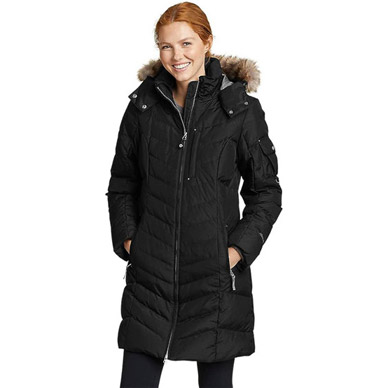 Eddie Bauer Lodge Down Duffle Coat - Women's Long, water resistant, hooded parka 650 down shorter, more insulated version here  Patagonia Tres 3-in-1 Parka Waterproof, breathable 2-layer shell, zip-in down insulation liner Men's Women's |
A Word on Layering
TThe function of layering in cold weather does not simply
mean lots of layers, 3 cotton shirts for instance aren't going
to be good at all. They are not a good insulating material,
they will be around the same size and so won't fit well on each
other and give you far more laundry to do!
Layering means that each layer
does a different job. A little planning and strategic
buying is more effective than simply throwing more clothes on
or getting a particularly thick outer coat. Up to three layers
should be fine most of the time, sometimes going to four by
adding an extra mid layer.

 Footwear
and socks Footwear
and socksBoots are always warmer than shoes, as they cover up the ankles too. Boots are great for travelling as even if you are on a city-break rather than a hiking trip, you're probably going to be doing some amount of walking. A good insulating sole is vital in cold weather as you can lose a lot of heat downwards, man-made materials for the sole give better insulation than leather. If you're packing other footwear too make sure it also has a good sole and a tread pattern that puts some space between your foot and the ground. Laces allow some flexibility of sizing for wearing thicker socks. 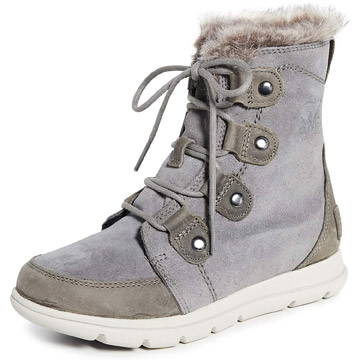 Sorel Explorer Joan - Women's Waterproof winter boot, 100g of insulation, lightweight sneaker fit men's explorer 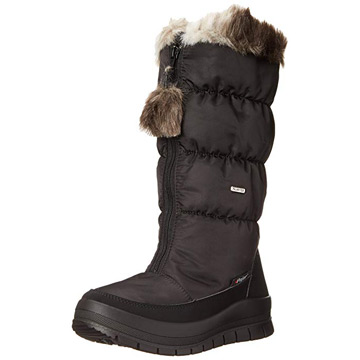 Aleader Mid-Calf Winter Snow Boots - Women's Waterproof, leather and synthetic uppers Budget choice | Men's 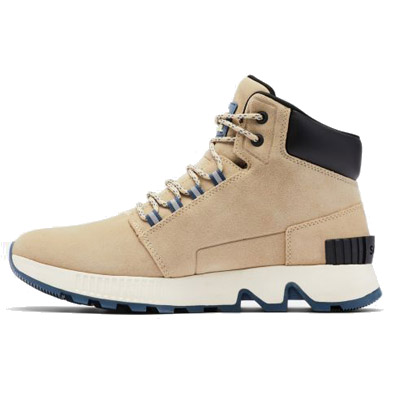 Sorel Mac Hill Mid LTR boot - Men's waterproof hiker-sneaker hybrid with grippy sole, not additionally insulated similar women's  Thermal
insoles - Less insulating footwear can be helped
with thermal insoles at little cost, they are invisible
in terms of your outfit adding extra practicality to
any shoes or boots, though are no substitute for proper
winter footwear. Thermal
insoles - Less insulating footwear can be helped
with thermal insoles at little cost, they are invisible
in terms of your outfit adding extra practicality to
any shoes or boots, though are no substitute for proper
winter footwear.Thermal insoles If you've got some decent boots, then your usual socks will be fine in them for much of the time in colder weather than you're used to. Wool hiking socks are a good thing to carry with you too if it's going to get colder, and wool is definitely the material to go for. There are a great many budget synthetic socks described as "thermal" that don't really do the job, being synthetic they tend to make your feet sweat and hold on to the moisture too, wool is much better at wicking it away. Wool hiking socks will be warmer than the ones you usually wear, they can worn on their own or as a second pair over inner socks which means you don't need so many as you won't need to wash them so often. Remember to loosen your boots laces somewhat to take the extra bulk, squeezing in socks can push all the air out and make you colder as well as less comfortable. |
|
Midlayer - Pants - The legs are too often ignored in cold weather, despite the time and effort given to coats and boots, many people just end up wearing similar things to the rest of the year with little or no concession to the weather despite the fact there is usually just one layer over them even when outdoors. Pants are warmer than a dress or skirt, tight fitting isn't good, a little loose is always better for retaining the warmth and not constricting circulation. Heavier material is better (obviously) wool or wool mix is warmer and cotton is generally a bad choice other than moleskin (standard Antarctic issue with a very pleasingly soft texture) or unless they are fleece lined. Skinny jeans are not good in cold weather, the ones you have can be made better by wearing thermal leggings under them or you could get them with a fleece lining.  Women's - Camii Mia Winter Slim Fit Fleece Jeans
Women's - Camii Mia Winter Slim Fit Fleece Jeansslim fit isn't ideal, but I know some just won't listen... Midlayer - Tops
-
Knits -
Wool is an excellent material for a mid insulating layer,
when knitted it is soft and flexible unlike
when felted as an outer layer, used in conjunction with
a performance outer layer it becomes an ideal cold weather
material. Cotton can look good but is a poor insulator
and acrylic while cheap is bulky and heavy, both are
best avoided for the insulating layer. Traditional over
shirt - A heavyweight long sleeved shirt
to go over your base layer, very practical and versatile
as buttons can be opened or closed and sleeves rolled
up or cuffs closed down. Fleece
- A light or mid-weight fleece gives great versatility
as an additional insulating layer under your shell jacket
or on its own. Vest / Gilet
- Over a sweater, jacket or thick shirt. Surprisingly
effective despite the lack of sleeves and good for freedom
of movement if you are doing something at all active.
Watch you don't end up with three layers on the torso
though and just one thin layer on the arms or you'll
feel cold.  Women's - Turtle Fur, 1/4 zip. Versatility,
next to the skin, as a layer or outer for high
activity. |
Men's
Women's - Turtle Fur, 1/4 zip. Versatility,
next to the skin, as a layer or outer for high
activity. |
Men's |
|
Foundation Layer - The base layer next to the skin has two jobs, the obvious one of keeping you warm and the less obvious (and slightly icky) one of wicking perspiration away from your skin so keeping you dry, comfortable and also warmer too. Light or mid weight is most useful. Merino wool
- The gold standard of thermal underwear. Wool from
merino sheep, a soft, fine naturally odor resistant
organic product. Synthetic
- A less expensive but highly effective thermal
layer |
|
Protect the Extremities with
Accessories Head, hands, fingers, not forgetting ankles, wrists and neck. Hands  A lightweight pair of gloves can make a big difference to your comfort and happiness in cold weather. Sensor gloves allow you to use touch screen devices like your phone without taking the glove off. Woven synthetic materials are less bulky than knits and so can be stored in pockets more easily. Men's Women's In colder weather mittens are much warmer
than gloves. Head -
When your feet are
cold, cover your head." - Inuit saying
Your hat should cover your ears which can very quickly become painfully cold in biting wind. It can be a beanie type that you can pull down, or have ear-flaps that can be pulled or rolled down when needed. My preference is for a fleece hat in wind-stopper fabric with fold down ear-flaps like the one to the left, small enough to easily slip into a pocket with a warmth far better than you'd expect for the size. If you have a hood on your coat which should be wind-proof, you don't necessarily want to have it up all the time, a wind-proof hat can be far more convenient and give better visibility and freedom of movement, saving your hood until it is really necessary. Hats are the most personalized piece of cold weather clothing you can get with lots of fancy colors and designs, be careful not to get carried away by form over function. Those cute dangly pom-poms can get mighty irritating when the wind starts whipping them against your face, and hats with excessive material are bulky, not so close fitting and ultimately not so warm. In warmer temperatures we don't think about our wrists, ankles and the neck region as needing covering as they don't get cold, they can however soon become very cold and uncomfortable in winter weather, losing a lot of heat if not wrapped up as they pass warm blood between other well insulated areas. The answer is:
|
 Things
to Avoid Things
to Avoid
Large extravagant scarves, especially cotton - You don't need to actually avoid these to stay warm, just be aware they are items for style only and will make little difference to keeping the cold out. A neck gaiter made of thick insulating fleece material or a short wool scarf correctly tied will keep your neck warm, keep out blowing snow and prevent air pumping in and out of your jacket. They will be more effective at all of these tasks than some large loosely worn scarf while being compact enough to fit in a pocket when not in use. |
Picture credit: Top banner - Lviv cathedral, western Ukraine, picture courtesy Rbrechko, trimmed, published under CC4 Att Sa Int licence.

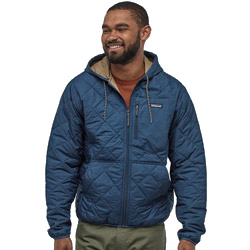
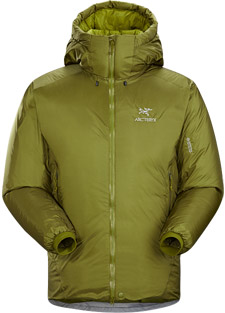
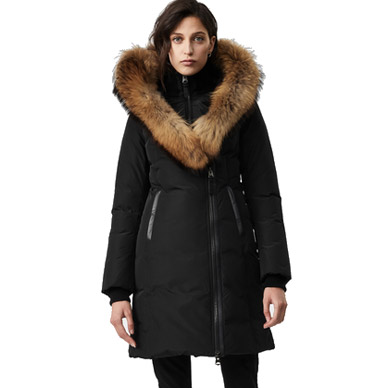





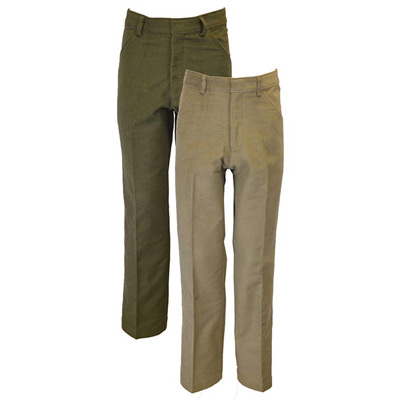 Men's - Walker & Hawkes - Classic Moleskin 100%
Cotton Pants
Men's - Walker & Hawkes - Classic Moleskin 100%
Cotton Pants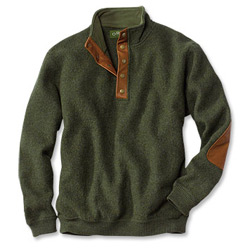
 Women's - State Fusio Cashmere Wool Turtleneck
Sweater
Women's - State Fusio Cashmere Wool Turtleneck
Sweater Men's - Legendary Whitetails Buck Camp Flannel
Shirt
Men's - Legendary Whitetails Buck Camp Flannel
Shirt Men's - Columbia Steens Mountain Full Zip 2.0
Soft Fleece Jacket
Men's - Columbia Steens Mountain Full Zip 2.0
Soft Fleece Jacket
 Women's - Merino.tech merino wool base layer
top - light or midweight
Women's - Merino.tech merino wool base layer
top - light or midweight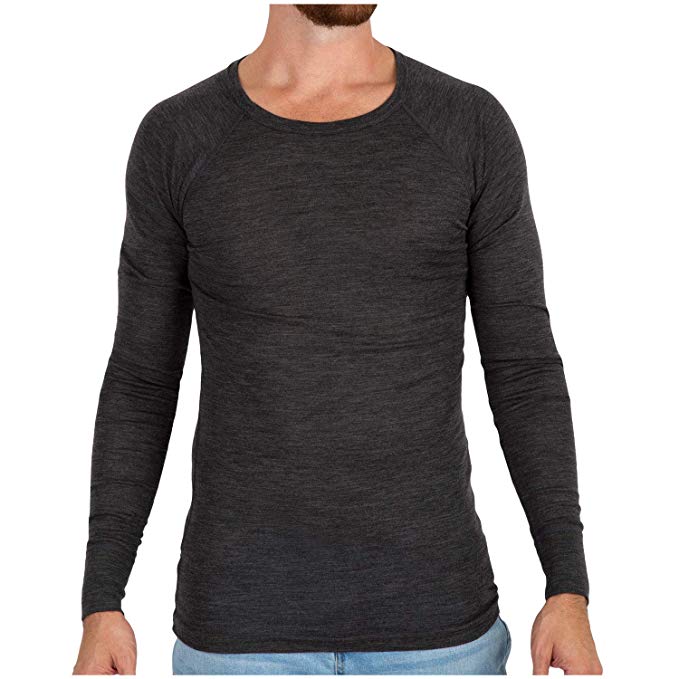
 Men's
- LAPASA Fleece Lined Long Sleeve Shirts 2 Pack
Men's
- LAPASA Fleece Lined Long Sleeve Shirts 2 Pack

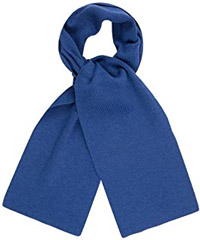 A
A